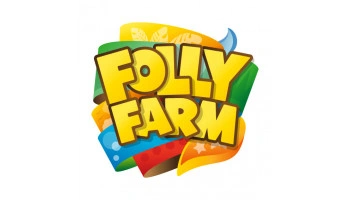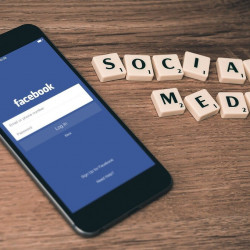Believe it or not, there is a whole psychology based on colour schemes and how they relate to human behaviour. Think about this simple example, would you click a "Continue" button that's bright red? Or would you assume that was a "Cancel" button based on its colour?
While this is a simple example, it shows that colour can play an important role in how your clients view your business.
Why do I need to understand colour psychology?
Have you ever wondered why some of your competitors seem to stand out from the crowd, while others are left blending in among the rest?
The colours you choose to use in your marketing can either enhance your brand, or hold it back. So you need to make sure you're making the right choices when it comes to the colours you're using. But how do you know which colours are right for you?
Let's look at some colours and what they mean in business.
Red
On websites, red is typically reserved for calls to action, warnings, or other items that need to stand out from the rest of the design. Take the example of YouTube, which uses red for its play buttons, evoking the excitement of watching something new.
Associated with:
- Excitement
- Passion
- Danger
- Energy
- Action
Orange
Wherever you see the colour orange, it adds fun while not being as demanding as using red. Take a look at EGNI, which uses orange as an integral part of its branding. As an activity centre, they want kids to have fun, be adventurous and enthusiastic to be there.

As a bonus, you don't need to use bright orange to achieve these effects; you can also use hues such as coral and terracotta.
Associated with:
- Creativity
- Adventure
- Enthusiasm
- Success
- Balance
Green
If your business is rooted in nature and natural experiences, then green could be the way to go for you. For example, if you're an activity centre that runs outdoor experiences, you could tie this into your marketing by using green in your materials.
Depending on the shade of green you are using, you can also create an anticipation of potential and the suggestion of something new. You can achieve this by using lime green; however, we recommend using this sparingly because it can be overpowering.
Associated with:
- Growth
- Nature
- Health
- Generosity
Yellow
If you want people to feel happy when interacting with your business, then yellow may be the way to go. This is what our friends at Folly Farm are hoping for; by using yellow, they're saying they're a happy place to be and that children (and adults) will have a positive experience with them.

If you're having a sale, the use of bright yellow can help to draw the eyes during the point of purchase which can help remove distractions for your customers.
Associated with:
- Happiness
- Positivity
- Optimism
- Deceit
- Warning
Blue
If you want to strengthen the trust in your brand, blue can be the way to go, especially if you also offer a relaxing service. For example, if you are offering a spa day, blue could be the way to go.

Again it is important to pay attention to the shade of blue you are using. Light blue is typically used for health and wellness, whereas dark blue is typically a serious colour often used by legal firms.
Associated with:
- Stability
- Harmony
- Peace
- The sea and sky
- Trust
Grey
If you want a neutral colour to contrast some of your other brand colours, grey would be the way to go, especially if you have a white logo or font. It's not making any waves but also not putting anyone off.
Associated with:
- Neutrality
- Balance
So what does all this mean?
Think about what type of business you're running. Is it an indoor activity centre where you want kids to be creative and energetic? Or is it a naturalistic centre where you want adults to learn about how to live as one with nature through foraging and building campfires?
Whatever message you're trying to get across, don't forget you can back it up with the colours you use, not just the wording of your message.





